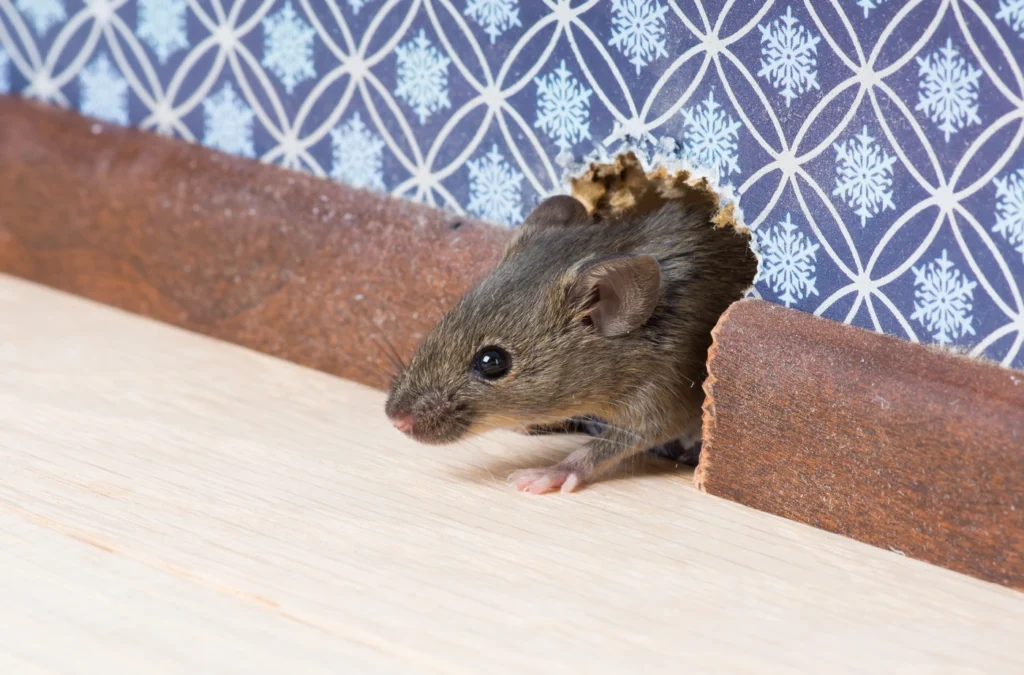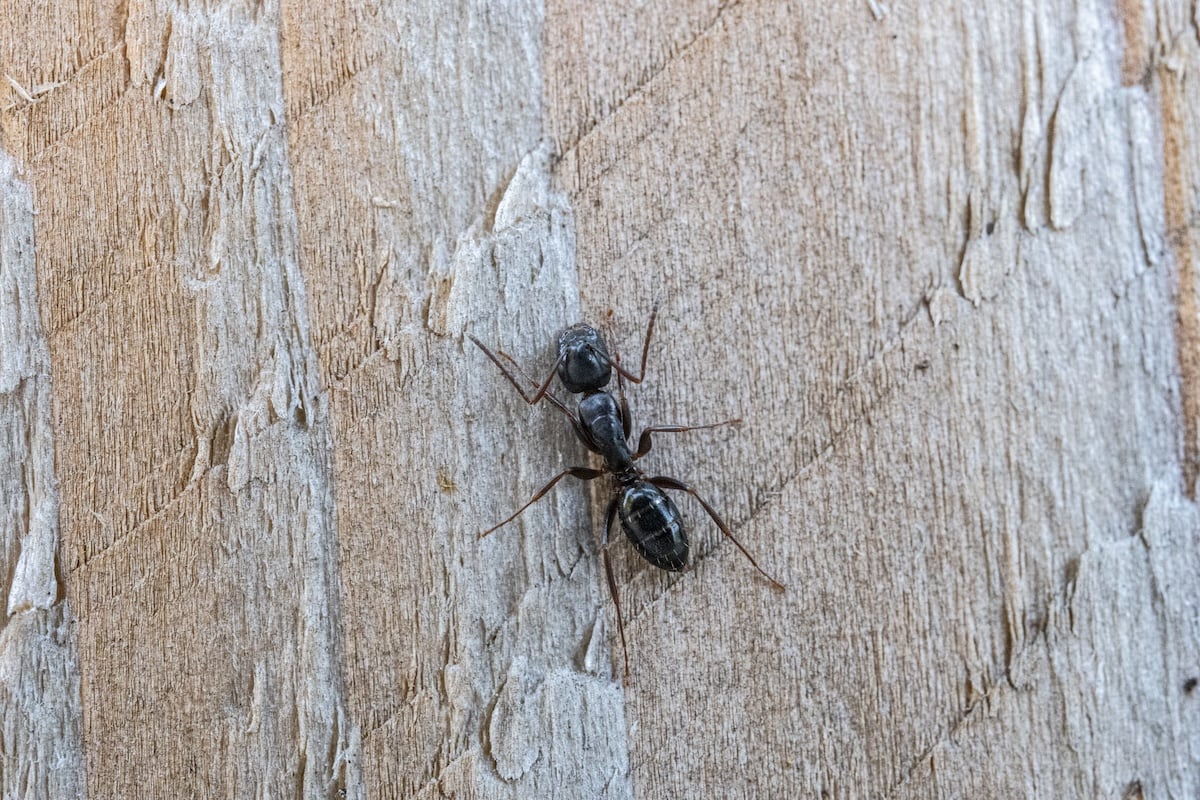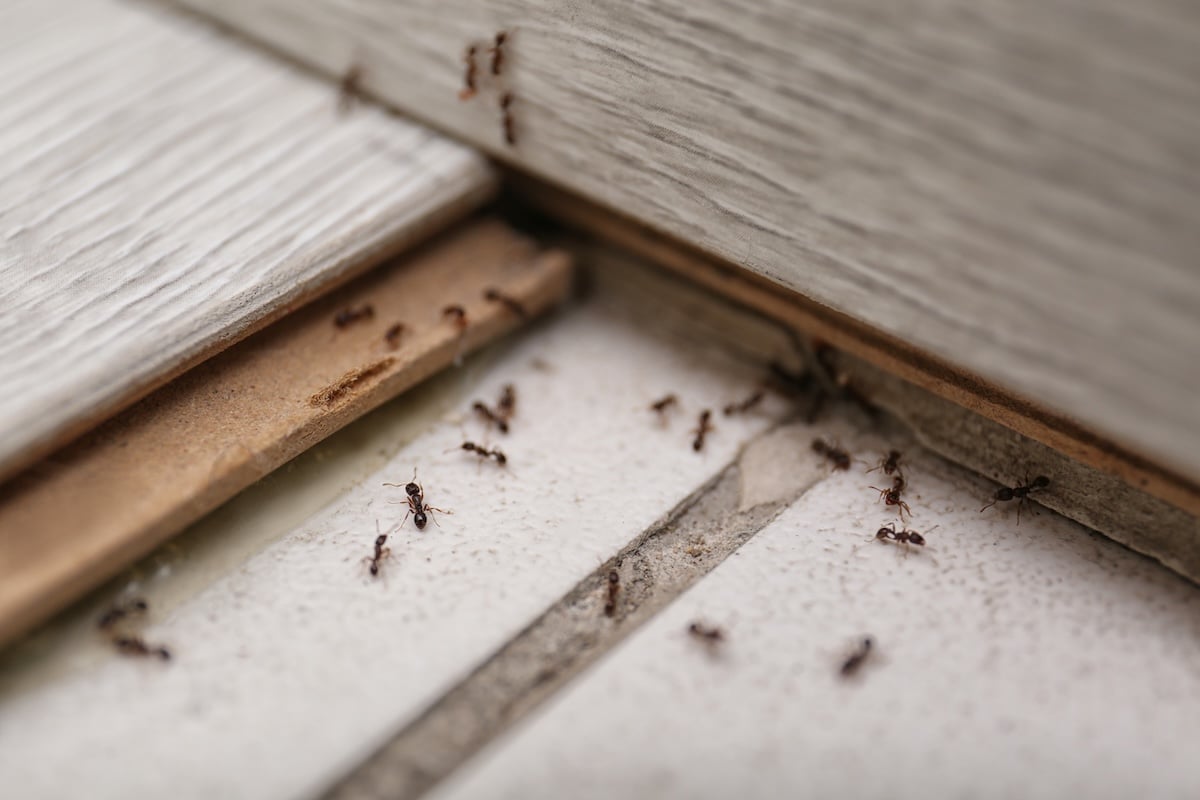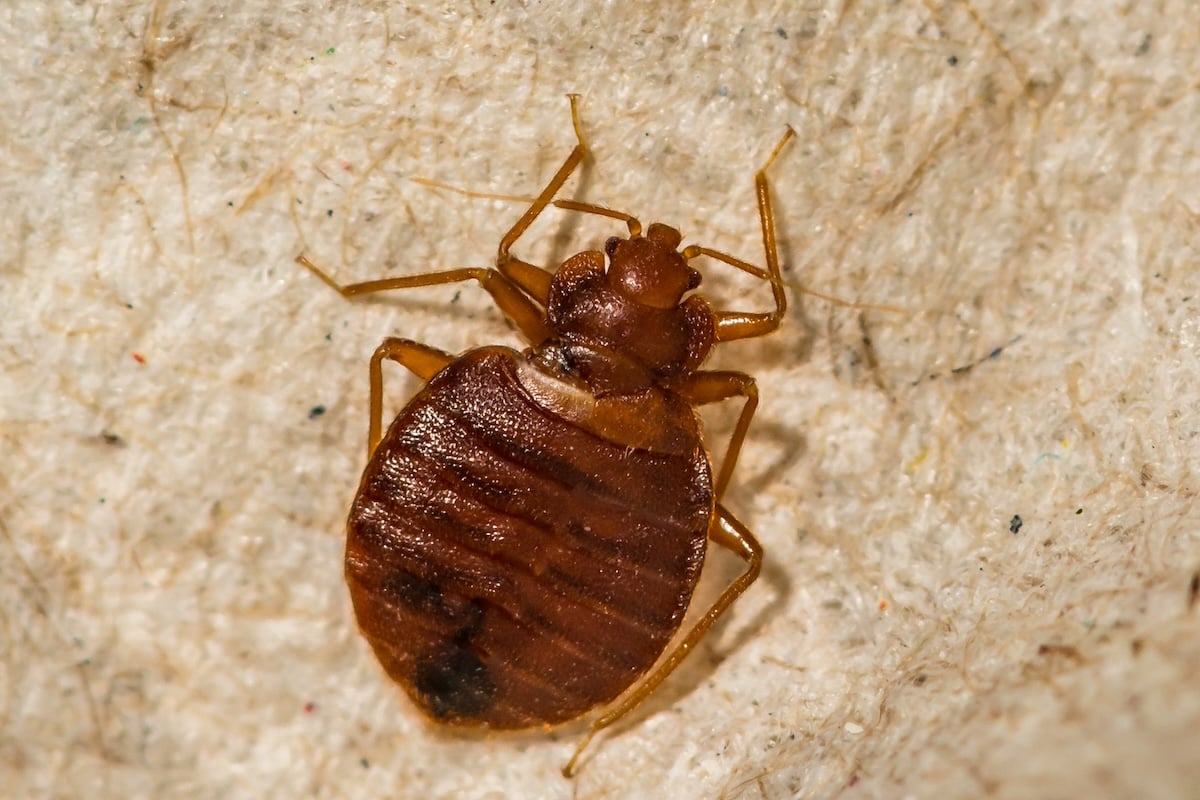Rat vs Mouse: What’s the Difference?

Homeowners often find themselves wondering about the differences between a rat vs mouse when they encounter signs of a rodent infestation. Although rats and mice belong to the same rodent family, they are quite distinct in many ways, from size and behavior to droppings and habitat preferences. Understanding these differences can help you address infestations more effectively.
Here’s what we’ll cover in this blog post:
- The physical and behavioral differences between rats and mice.
- How to identify the signs of an infestation.
- Tips for preventing rodents from invading your home.
By the end, you’ll have a clear understanding of rats vs mice and why Prompt Action Bat and Pest Control is the trusted name for dealing with these pesky invaders.
🐁 Physical Differences Between Rats and Mice

Body size and shape
When it comes to size, the most noticeable distinction is that rats are significantly larger than mice.
- Norway rat or common rat (also known as the brown rat): These are among the largest species, with adult rats measuring around 7 to 9 inches long, excluding the tail, and weighing up to a pound.
- Roof rat or black rat: Slightly smaller than Norway rats, often slender and agile, their length ranges between 6 to 8 inches.
- House mouse: Quite petite, adult mice are only about 2.5 to 4 inches long and weigh less than an ounce.
Rats tend to have a bulkier, stocky appearance, while mice are slender with a more delicate build.
Ears, tails, and noses
The differences don’t stop at size. You can also spot variations in their physical traits:
- Rat tails are long, thick, and often scaly in appearance. A roof rat’s tail is typically longer than its body, while a Norway rat’s tail is shorter. Rats typically have blunt noses, while a house mouse has a pointed, triangular snout.
- Mouse tails are thin, hairy, and proportionate to their body size. Mice have large ears compared to their head size, whereas rats have smaller ears relative to their body size.
Droppings
Rat droppings and mouse droppings are another surefire way to differentiate between infestations.
- Rodent droppings of rats are larger and resemble large grains of rice, with blunt ends (common with the brown rat).
- Mouse droppings are smaller, only about a quarter-inch long, and have pointed ends.
📋 Differences in Behavior
Feeding habits
Mice tend to be curious and will nibble on different types of food, including pet food and scraps left in the kitchen. Rats, however, are more cautious and will stick to known food sources.
- Mice and rats are both omnivores, but rats tend to consume larger food quantities due to their size.
Nesting
The way they build their nests can also help you identify the pest:
- Mice usually nest close to food sources, creating cozy homes using paper, fabrics, or other soft materials.
- Young rats and adult rats prefer digging tunnels outdoors or nesting in basements or attics if they make it inside your home. Roof rats often inhabit elevated spaces like trees, walls, or roofs.
Longevity and reproduction
Although both species reproduce quickly, mice tend to breed more frequently than rats, leading to a larger population in a shorter timeframe.
- House mice can have up to 10 litters a year, with about 6 babies per litter.
- A Norway rat gives birth to fewer litters on average, but the young rats grow much larger over time.
🔍 Identifying a Rodent Infestation
Sometimes the symptoms of a rodent infestation are the first clue you’ll encounter. Here’s what to look out for.

Rodent droppings and tracks
The most frequent sign of mice or rats in your home is rodent droppings. Along with noticing mouse droppings or rat droppings, you might also see greasy trails from rat tails along your floorboards and walls.
Chewing damage
Rats and mice have incisors that grow continuously, so they’re known for chewing through wires, wood, and even insulation. If you find damage to baseboards, furniture, or storage containers, it may point to an infestation.
Sounds and smells
Rodents are most active at night. If you hear scurrying, gnawing, or squeaking noises from within your walls, it’s a strong indicator of rodents. Mice and rats also leave behind a musky, ammonia-like odor caused by their urine.
Nesting material
Look for shredded paper, fabric, or other material collected in secluded areas. These are often signs that mice or young rats might be nesting nearby.
✅ Steps to Prevent Rodent Infestations
Here’s a step-by-step guide to keep rodents at bay as part of a home maintenance routine.
1. Seal Entry Points
Rats and mice can squeeze through tiny gaps, with an adult mouse needing just a quarter-inch hole!
- Inspect your home’s exterior for cracks, holes, and gaps around pipes or vents and seal them with caulk, steel wool, or metal mesh.
2. Store Food Securely
Pet food, cereals, and pantry staples should be stored in airtight, rodent-proof containers. Clean up spills immediately to avoid enticing hungry rodents.
3. Maintain Cleanliness
- Dispose of garbage regularly and ensure trash cans have tight-fitting lids.
- Declutter garages, basements, and storage areas, as clutter provides nesting spots.
4. Trim Vegetation Outside
Overgrown trees, shrubs, and woodpiles can act as bridges for roof rats and other rodents looking for a cozy shelter. Keep vegetation well-trimmed and store firewood at least 20 feet from your home.
5. Routine Inspections
Check for signs such as rodent droppings regularly. Prompt detection is crucial for mitigating infestations.

📞 When to Call the Experts
If attempts to control an infestation on your own aren’t working, it’s time to bring in professionals. DIY traps and baits might not be enough to tackle a full-scale issue.
Our experienced team has helped countless homeowners ensure their properties are rodent-free, so why wait? Contact Prompt Action Bat and Pest Control today and reclaim your peace of mind.





